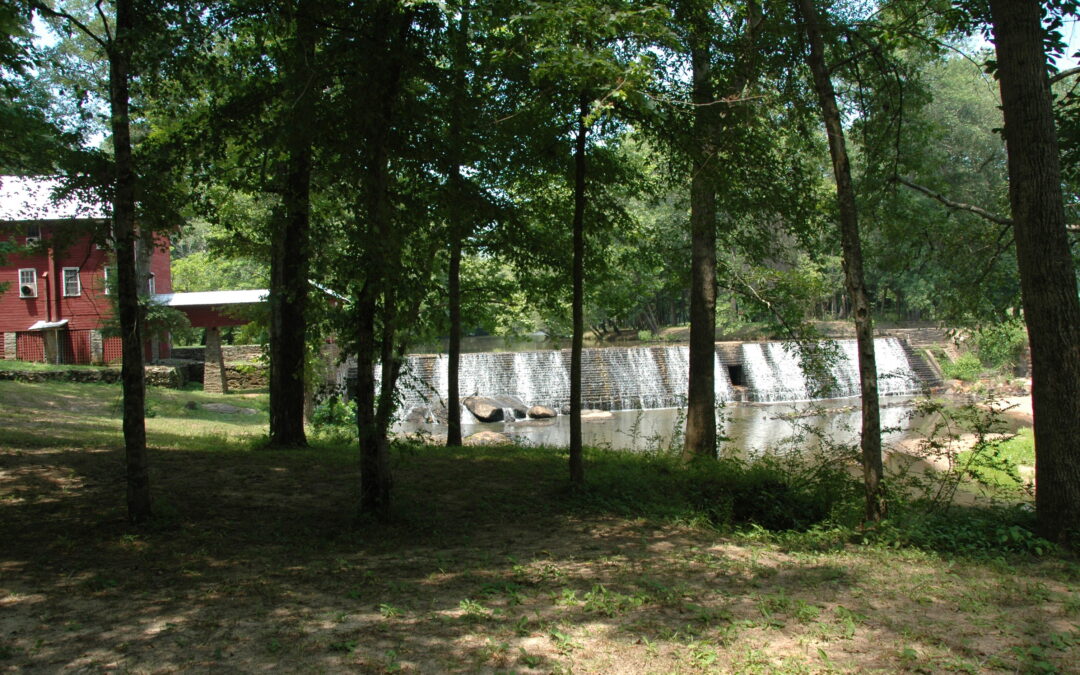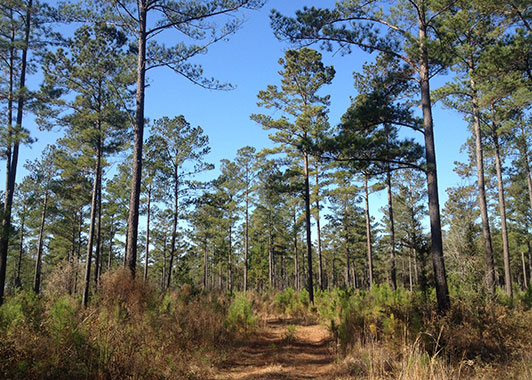
by lizzi | Jul 16, 2018 | Newsletter Vol. 5, Project Profiles
By Dorinda Dallmeyer High in the Georgia Piedmont south of Union Point and Siloam, springs rise in two pastures to form the Ogeechee. Unlike most of Georgia’s rivers, whose headwaters are composed of creeks and streams bearing their own names, the Ogeechee is...

by lizzi | Jul 16, 2018 | Newsletter Vol. 5, Project Profiles
By Dorinda G. Dallmeyer Since the arrival of Paleo-Indians around 11,500 years ago, the Ogeechee watershed has been indispensable to its people. The late Jack Leigh knew the river was not just carving a path to the sea when he said, “Water shapes our lives, and...

by lizzi | Jul 16, 2018 | Donor Profiles, Newsletter Vol. 5
By Dorinda Dallmeyer If asked what conservation philanthropy looks like, a common response would be monetary contributions or volunteer hours. But the U.S. Army at Ft. Stewart and the Georgia-Alabama Land Trust have another way to protect important habitat along the...




